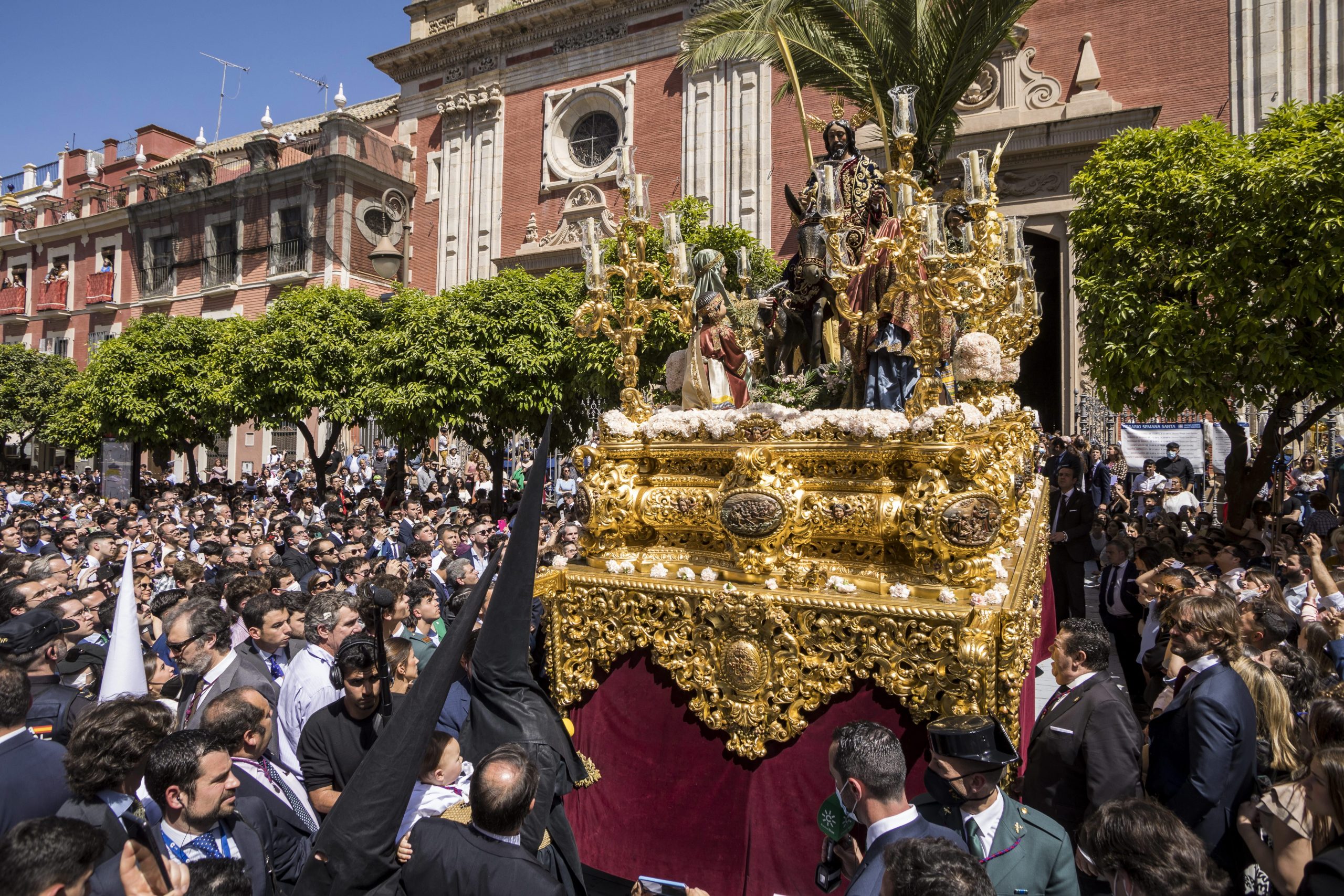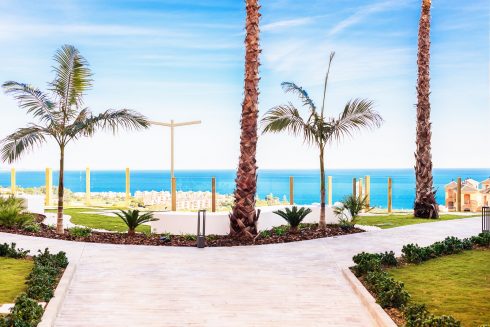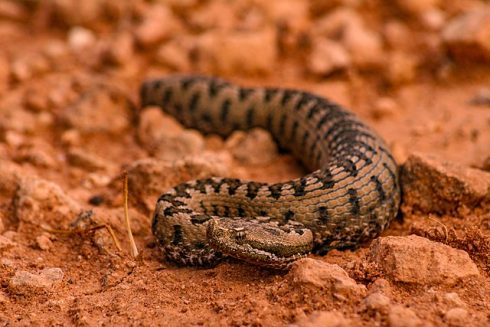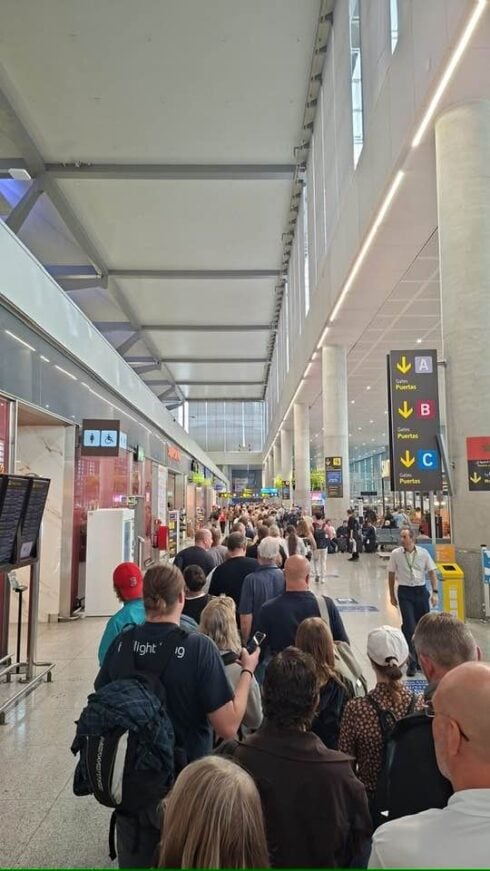AFTER a two year absence during the pandemic, the streets of Sevilla are once again thronged with people as the Easter processions get underway.
Clear skies and warm weather added to the holiday atmosphere as tourists joined Sevillanos to mark Palm Sunday or Domingo de Ramos as it is known in Spain, which heralds the start of a week-long Easter celebrations.
Tourists from across Spain and abroad flocked to the Andalucian capital to mix with locals watching from balconies in a spectacle that brings in millions of euros to the local economy.
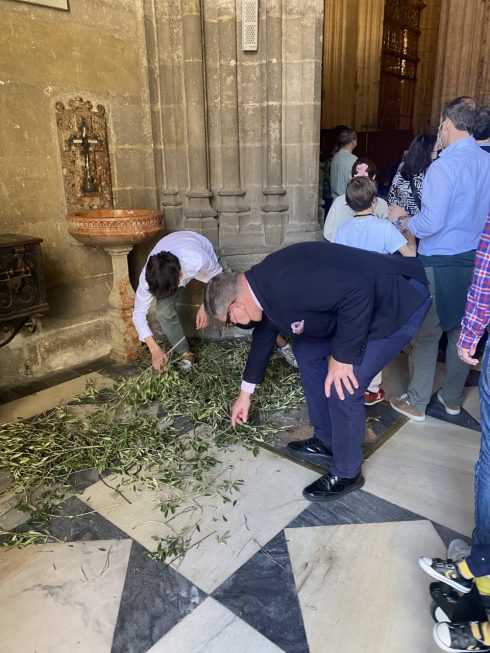
After a sleepy Sunday morning in the city in which the faithful attended mass, the streets became crowded as the first processions got underway.
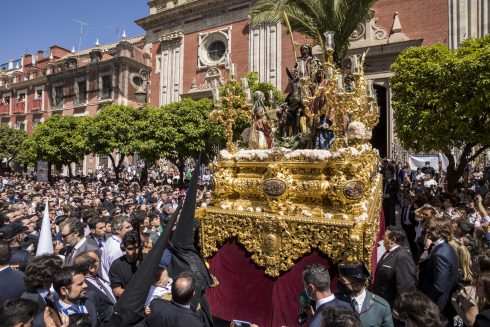
Associations known as Hermandades (brotherhoods) spend weeks practicing for the parades which involve members slowly shuffling through the streets beneath heavy floats carrying statues of the Saints, Virgin Mary or Christ.
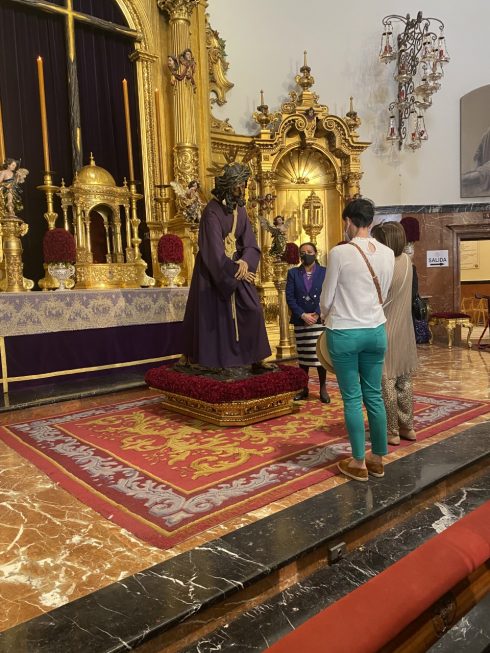
Each procession can stretch for hours with progress painstakingly slow as the penitents move forward step by step before pausing and lowering the float for a few minutes while they regain their strength and then continue.
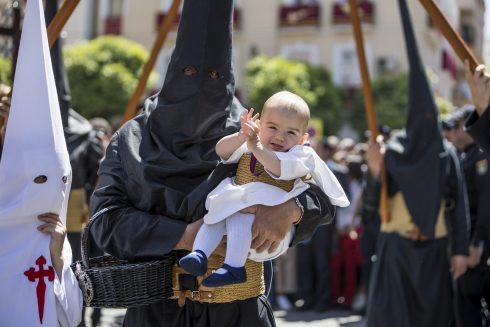
These solemn but colourful processions include brass bands, drums, penintents wearing hoods with cut out for the eyes, all travelling slowly through the crowded streets amid wafts of incense.
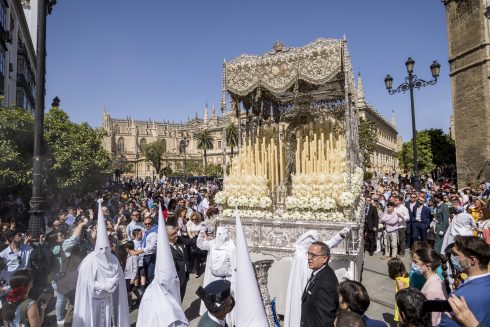
More than 50 brotherhoods take part in Holy Week processions over the eight days culminating on Easter Sunday.
Saetas are the songs played during the procession and this year some had lyrics referring to the Russian invasion of Ukraine.
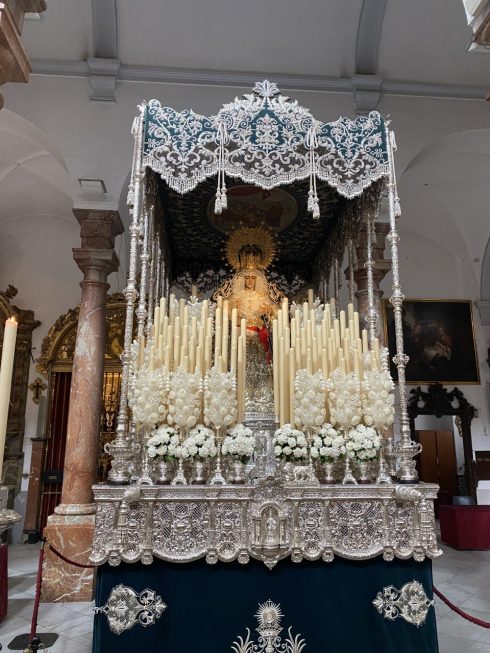
Regional president Juanma Moreno echoed the feelings of an entire nation when he told a press conference on Sunday: “I am very excited about Semana Santa after two years of a pandemic”.
READ MORE:
- EXPLAINER: Why are Spain’s Semana Santa hats conical and are they linked to the KKK?
- Torrijas: This is the Easter treat to feast on in Spain during Semana Santa
Click here to read more News from The Olive Press.

